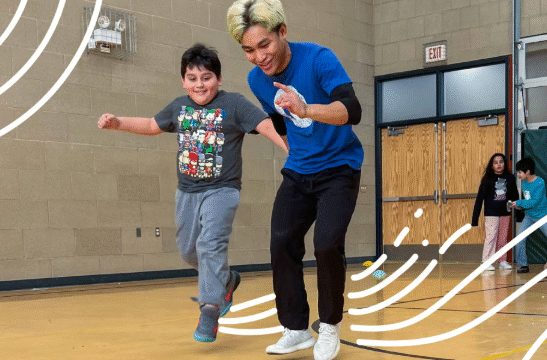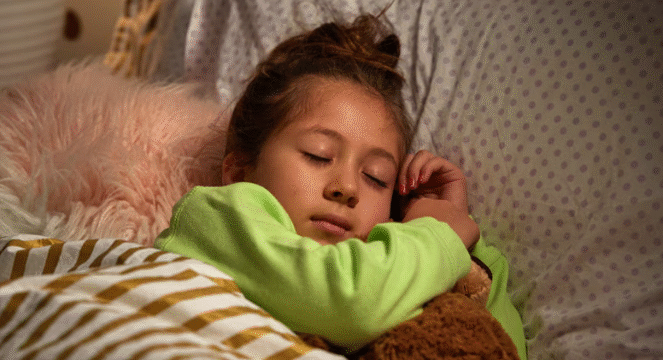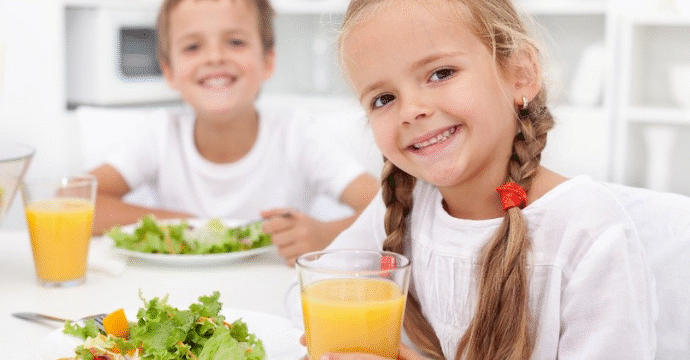When a new school year begins, parents often find themselves back in the daily rhythm of early mornings, busy schedules, and the task of preparing lunches. Packing a lunch that children will not only enjoy but also benefit from nutritionally can feel like a challenge. The good news is that creating meals that balance taste, health, and fun is possible with a little creativity and planning. A lunchbox can be more than just a container of food; it can be a source of energy, comfort, and even excitement during a child’s school day.
Making Lunch Appealing to Kids
The first step in preparing a lunch that kids will actually eat is making it look and feel appealing. Children are often visual eaters, meaning the way food looks can be just as important as how it tastes. Bright colors, interesting shapes, and a mix of textures can go a long way toward sparking curiosity and enthusiasm. For example, cutting fruit into bite-sized pieces or using small cookie cutters to create fun sandwich shapes can turn a simple meal into something special.
Including a variety of colors in the lunchbox is also helpful. A rainbow of fresh fruits and vegetables not only provides essential vitamins and minerals but also creates a cheerful display. Carrots, cucumbers, berries, and bell peppers all add vibrant colors and crunch that make the meal more inviting.
Balancing Nutrition and Taste
Children need balanced meals to keep their energy steady throughout the school day. A good lunch usually includes a source of protein, some healthy carbohydrates, fresh produce, and a small treat to round things out. Proteins like chicken, turkey, cheese, beans, or eggs help keep children full, while whole grains provide lasting energy. Fresh fruits and vegetables supply fiber and nutrients, and a little sweet bite such as a small piece of dark chocolate or a homemade muffin can make lunch feel like a treat without being overwhelming.
It is helpful to think in terms of balance rather than perfection. If a child enjoys something crunchy like pretzels or crackers, pairing them with hummus or cheese can make them more nutritious. Likewise, if a sandwich is the main item, rounding it out with fruit and yogurt can make the meal more complete.
Fun Themes for Lunchboxes
One way to keep lunch exciting is by introducing themes. A theme could be based on a favorite color, a country’s cuisine, or even a holiday. For example, a “Mediterranean day” might include pita bread, hummus, olives, and grapes, while a “red lunch” could feature strawberries, cherry tomatoes, red peppers, and a ham sandwich. These small touches add an element of fun and can encourage kids to try new foods.
Seasonal themes also work well. During autumn, apple slices, pumpkin muffins, and warm colors can reflect the season. In spring, fresh berries and light wraps make for a refreshing change. Keeping the menu tied to the time of year makes lunches feel fresh and connected to the world outside the classroom.
Involving Kids in the Process
Children are more likely to eat what they help create. Involving kids in the lunch-packing process can be both fun and educational. Younger children might enjoy choosing which fruits to include, while older ones can help assemble sandwiches or wraps. By giving children some choice, they feel a sense of ownership over their meal, and this can encourage them to try new foods they may otherwise avoid.
Even creating a list together of favorite healthy options for each food group can be helpful. For example, making a chart of proteins, vegetables, fruits, and grains lets children pick one from each category to build their own balanced meal. This simple approach gives structure but still allows for creativity.
Creative Alternatives to Sandwiches
While sandwiches are a reliable classic, they can sometimes feel repetitive. Switching things up keeps kids excited about what is inside their lunchbox. Wraps made with whole wheat tortillas, pasta salads, or even homemade “lunchable” style boxes with crackers, cheese, and sliced meats can be fun. Bento box-style lunches are particularly popular because they allow for a variety of small portions and interesting combinations.
Another creative idea is to repurpose dinner leftovers in kid-friendly ways. For instance, grilled chicken can be turned into chicken wraps, or roasted vegetables can become part of a pasta salad. Repurposing food not only saves time but also introduces children to a variety of flavors.
Snacks That Support Energy
Children need snacks that fuel both their bodies and minds. Instead of relying on processed items, parents can pack snacks that are simple and wholesome. Trail mix with nuts, seeds, and a small sprinkle of dried fruit makes a satisfying choice for older children. For younger kids, apple slices with peanut butter, cheese sticks, or whole grain crackers provide a balance of protein and carbohydrates.
Including a small snack ensures children have steady energy for their afternoon classes and prevents the slump that sometimes comes after lunchtime. A well-chosen snack can make all the difference in maintaining focus and a positive mood throughout the day.
Making Lunch Packing Easier for Parents
The process of preparing lunches does not need to be stressful. Setting aside some time during the weekend to prep ingredients can make mornings smoother. Washing and chopping vegetables, pre-portioning snacks, and cooking proteins ahead of time allow for quicker assembly. Some parents even pack lunches the night before to avoid the morning rush.
Keeping a few staples on hand also makes things easier. Having a supply of whole grain wraps, yogurt, fruit, and cheese ensures that a balanced lunch can come together quickly. Rotating these ingredients in different combinations helps avoid repetition while still keeping things simple.
Encouraging a Positive Attitude Toward Food
One of the best gifts parents can give their children is a healthy relationship with food. Lunch is not just about nourishment; it is also about enjoyment and connection. Adding a small note of encouragement or a cheerful message in the lunchbox can brighten a child’s day and make lunchtime feel special.
Children often mirror the attitudes of the adults around them. When parents show excitement about preparing healthy meals, kids are more likely to feel positive about eating them. Talking about food in terms of strength, energy, and enjoyment helps children see meals as something to look forward to rather than a chore.
Conclusion
Back-to-school lunches can be both fun and healthy with a little thought and creativity. By focusing on balance, variety, and presentation, parents can pack meals that nourish both body and mind. Adding themes, involving kids in the process, and keeping preparation simple ensures that lunches remain exciting throughout the school year. With colorful fruits, wholesome proteins, and creative twists, every lunchbox has the potential to become a highlight of the day.






